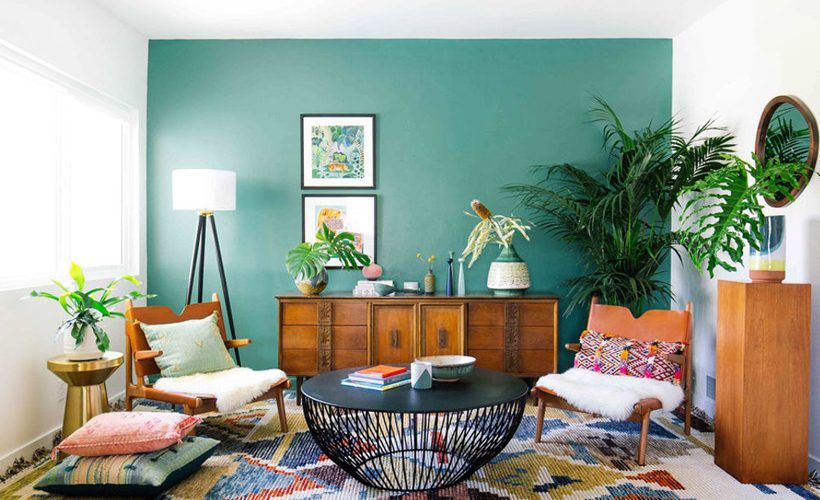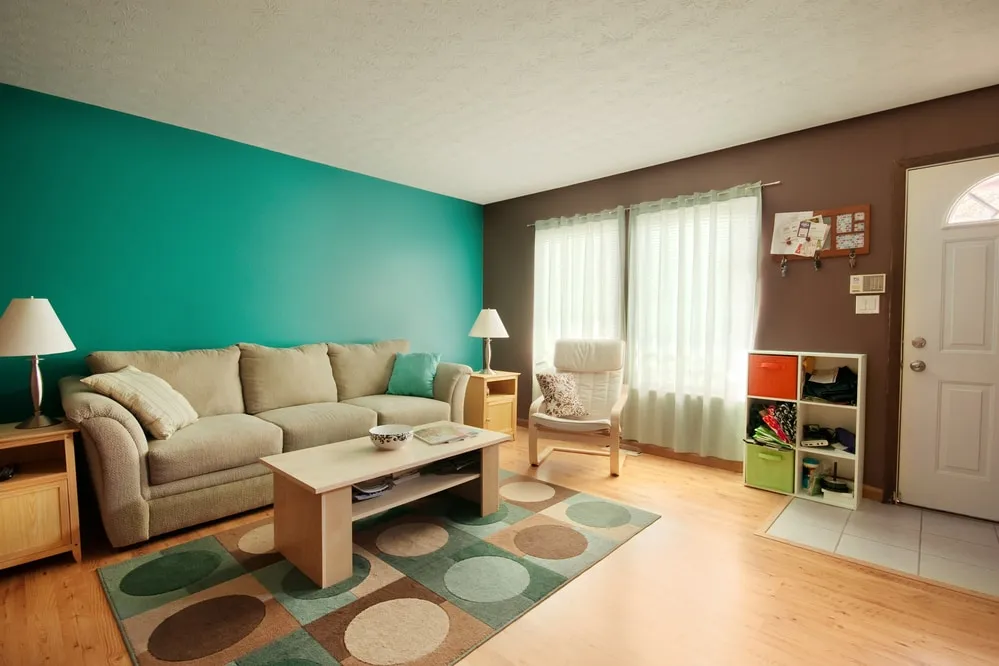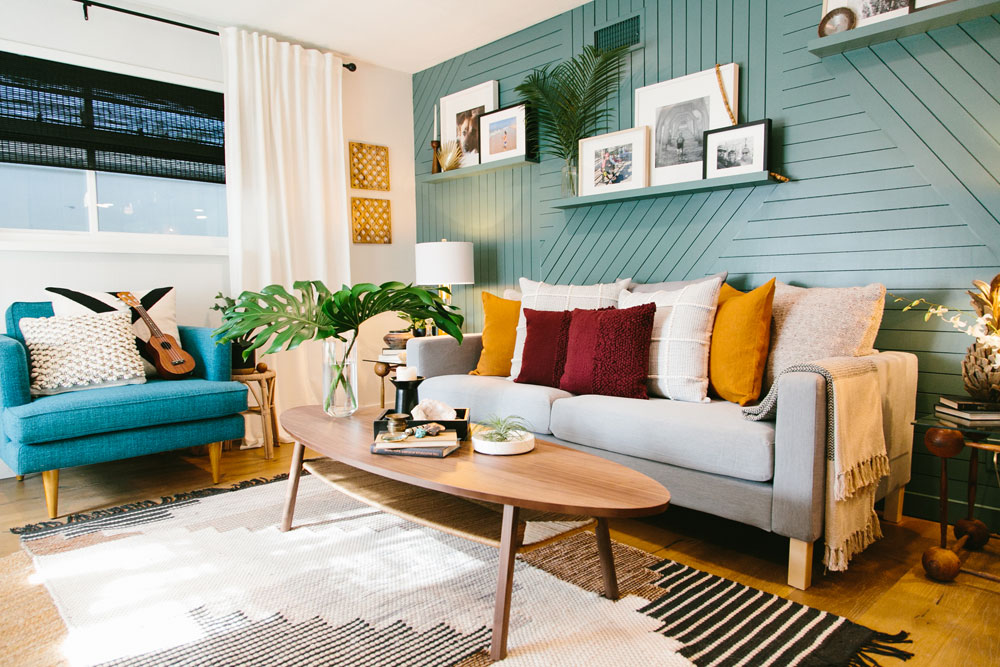Accent walls have become a popular design element in modern homes, offering an easy yet impactful way to transform any room without undergoing a complete renovation. They serve as a focal point, add depth, dimension, and character, reflecting the homeowner’s unique style. However, designing a successful accent wall requires careful planning and execution. This article will guide you through the top 10 dos and don’ts for creating stunning accent walls that elevate your living spaces.
Dos

- Choose the Right Wall:
- DO select the wall that naturally draws attention due to its architectural features (such as a fireplace, built-in shelves, or a large window) or its positioning within the room.
- DO consider the flow of the room; if it’s visible from multiple areas, it can make an excellent accent wall candidate.
- Select the Perfect Color:
- DO pick a color that contrasts with but complements the existing color scheme. Bold hues like deep blues, rich reds, or vibrant greens create drama, while dark shades can give the illusion of a smaller space appearing larger.
- DO experiment with texture or patterned wallpaper, metallic finishes, or even paint techniques like ombre, stripes, or stenciling for added visual interest.
- Materials Matter:
- DO explore unconventional materials such as reclaimed wood, brick veneers, stone cladding, or even tile for a tactile experience. These elements can introduce warmth, rusticity, or sleek sophistication depending on your preference.
- Lighting Considerations:
- DO plan accent lighting to highlight your accent wall. Recessed lights, sconces, or track lighting can help emphasize textures, patterns, and colors, making your accent wall pop both day and night.
- Scale and Proportion:
- DO choose artwork, mirrors, or other decorative elements that are appropriately scaled to the accent wall size. Oversized pieces can anchor a large wall, while a gallery-style arrangement suits narrower spaces.
- Furniture Placement:
- DO arrange furniture so that it faces or complements the accent wall. Positioning seating against it can draw people towards this area, reinforcing its status as a focal point.
- Balance and Harmony:
- DO ensure that the accent wall doesn’t overpower the rest of the room. Maintain balance by keeping other walls relatively neutral and uncluttered, allowing the accent wall to take center stage.
- Reflect Your Style:
- DO use your accent wall to showcase your personal taste and lifestyle. Whether it’s minimalist, bohemian, traditional, or contemporary, let the accent wall reflect who you are and what you love.
- Consider Functionality:
- DO think about practical applications for your accent wall. It could double as a magnetic chalkboard wall in a playroom, a sound-absorbing material in a home theater, or display storage units in a study.
- Test Before Committing:
- DO test swatches or samples before applying paint or wallpaper to the entire wall. Observe how they look under different lighting conditions throughout the day to ensure you’re happy with the final result.
Don’ts

- Overcomplicating Designs:
- DON’T opt for overly busy patterns or designs that clash with the room’s decor. The accent wall should enhance, not overwhelm.
- Ignoring Scale:
- DON’T underestimate the importance of scale when choosing materials, colors, or patterns. An oversized pattern in a small room might feel cramped, whereas a tiny print may be lost on a large wall.
- Neglecting Continuity:
- DON’T create an accent wall that feels disconnected from the rest of the house. While it should stand out, it should still resonate with your overall interior design theme.
- Creating Visual Barriers:
- DON’T place an accent wall where it divides a room awkwardly or obstructs the view. It should encourage spatial unity rather than segmentation.
- Disregarding Room Purpose:
- DON’T choose a bold or distracting accent wall treatment for rooms meant for relaxation or sleep, like bedrooms. Soft, calming tones or textures can provide contrast without disrupting the peaceful ambiance.
- Forgetting About Maintenance:
- DON’T forget to factor in maintenance when selecting materials. Textured surfaces or delicate wallpapers might require more care than flat paints.
- One Size Fits All Approach:
- DON’T assume that all rooms need an accent wall. Sometimes a well-designed, cohesive color scheme is enough to create the desired effect.
- Rushing the Process:
- DON’T rush into creating an accent wall without proper planning and research. Take time to visualize and experiment with various options before making the final decision.
In conclusion, crafting a stunning accent wall is an art that blends creativity with practical considerations. By adhering to these dos and don’ts, you can turn a single wall into the crowning jewel of any room, adding depth, character, and a touch of your personal flair to your living spaces. Remember, an accent wall should complement, not compete with, the rest of your home’s aesthetic, ultimately serving to enhance the overall harmony and beauty of your interior design.


